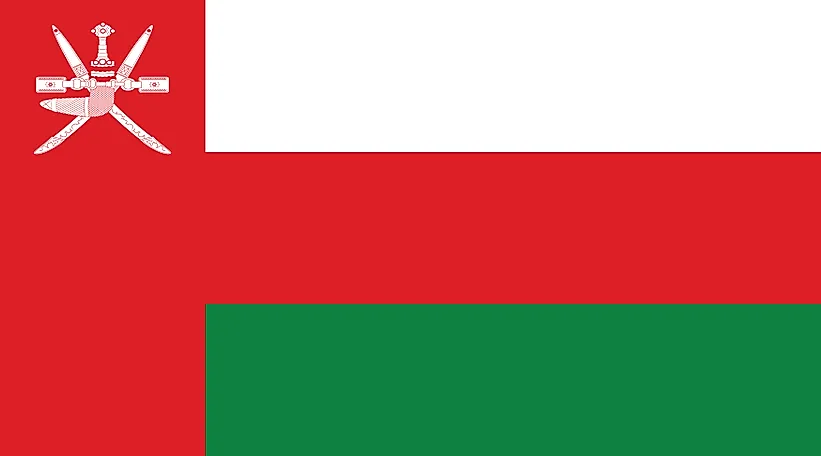
Oman
| Continent | Asia |
| Capital | Muscat |
| Population | 3,355,262 |
| GDP | $173.00 Billion |
| GDP per Capita | $43,700 |
| Dialing Code | +968 |
| ISO Code (2-letter) | OM |
| ISO Code (3-letter) | OMN |
Oman Landscapes






About Oman
Welcome to Oman, where ancient traditions meet modern development. With approximately 5.1 million people occupying 309,500 square kilometers, Oman combines dramatic landscapes with rich cultural heritage, standing as a beacon of stability and progress in the Arabian Peninsula.
Geographic Features and Natural Beauty
Oman’s geography presents a stunning variety of landscapes, from rugged mountains and vast deserts to pristine coastlines. The Al Hajar Mountains dominate the north, while the Empty Quarter (Rub’ al Khali) desert stretches across the south.
Notable features include Jebel Shams (Oman’s highest peak), the fjords of Musandam Peninsula, and the lush Dhofar region with its monsoon season. The country’s 3,165km coastline offers beautiful beaches and rich marine life.
Protected areas include numerous reserves safeguarding unique ecosystems, including the Arabian Oryx Sanctuary and the turtle nesting beaches of Ras Al Jinz.
Cultural Heritage and Traditions
Omani culture represents a rich tapestry of Arab, Islamic, and maritime traditions. The country’s heritage includes distinctive architecture, particularly the ancient forts and traditional souqs (markets).
Traditional arts encompass silver crafting, pottery, and textile weaving. Music traditions feature unique instruments like the rababa, while Omani hospitality remains legendary throughout the region.
Omani cuisine combines Arabian, Indian, and East African influences, with dishes like shuwa (slow-cooked meat) and kahwa (Omani coffee) holding cultural significance.
Historical Journey
Oman’s history spans from ancient maritime trade through regional empire to modern renaissance. The country’s strategic location has shaped its development as a trading nation.
Key periods include the maritime empire extending to East Africa, Portuguese occupation, and the transformative reign of Sultan Qaboos from 1970, which modernized the nation while preserving its cultural identity.
Modern Economic Landscape
Today’s Omani economy balances oil revenues with diversification efforts. The country focuses on tourism, manufacturing, and logistics through its Vision 2040 strategy.
Recent initiatives emphasize port development, renewable energy, and technology sectors. Oman’s strategic location and stable political environment support its economic growth.
International Relations and Global Position
Oman maintains a balanced foreign policy, often serving as a diplomatic bridge in regional affairs. The country’s commitment to peaceful dialogue and economic cooperation extends its influence.
Did You Know?
• Oman is home to the oldest independent state in the Arab world?
• The country’s Frankincense trees once provided much of the ancient world’s supply?
• Muscat was named the Arab Tourism Capital?
• Oman’s Bahla Fort is a UNESCO World Heritage site?
Conclusion
Oman represents a harmonious blend of tradition and progress. From its dramatic mountains to its pristine coastlines, from its ancient heritage to its modern aspirations, Oman continues to develop while maintaining its cultural authenticity. As it addresses challenges including economic diversification and sustainable development, Oman remains committed to its role as a model of stability and measured progress in the region.